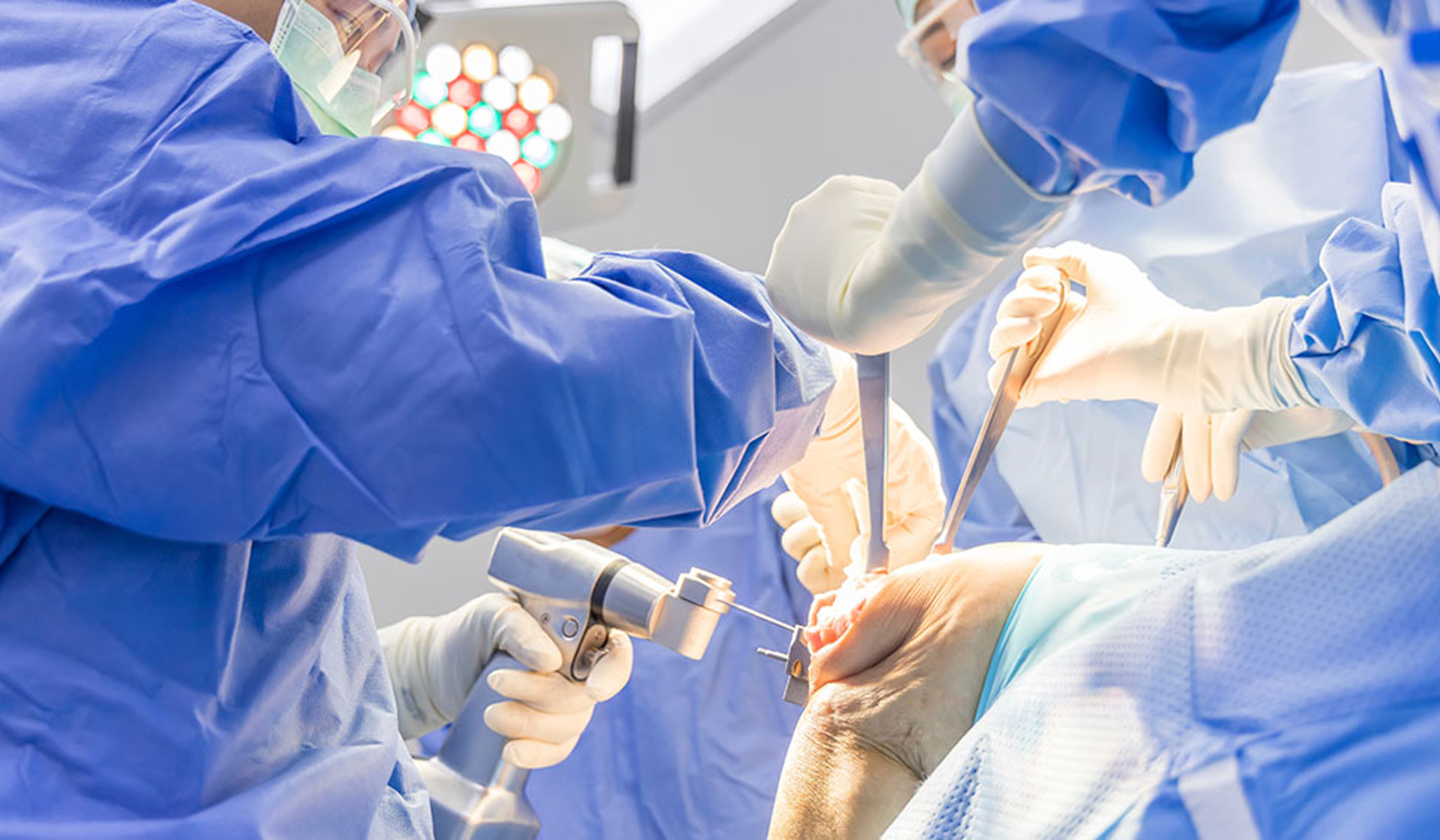
Robotic joint replacement surgeries

About Robotic joint replacement surgeries
Dr. Praneeth Reddy is a renowned expert in robotic joint replacement surgeries, specializing in state-of-the-art procedures like robotic knee replacement and arthroplasty. Leveraging advanced technologies such as the Mako robot and Velys robot, Dr. Reddy ensures unparalleled precision in knee arthroplasty. For patients exploring robotic knee replacement, he provides transparent information about the associated costs, offering clarity on the value and benefits of this advanced procedure.
Dr. Reddy’s expertise extends to robotic total knee replacement, where he integrates cutting-edge robotic systems to meticulously plan and execute surgeries. The precision of robotic technology leads to improved outcomes and quicker recovery times. In the realm of robotic joint replacement, Dr. Reddy excels in providing comprehensive solutions, including robotic full knee replacement. His focus on precision and individualized care ensures optimal results, contributing to enhanced mobility and comfort for patients. With a commitment to excellence, Dr. Reddy stands at the forefront of robotic knee arthroplasty, offering patients the highest standard of care in the field of joint replacement.
How the Robotic Assisted surgery is performed?
The procedure of Robotic Assisted Joint/Knee Replacement surgery involves several steps:
Preoperative Planning: Before the surgery, the surgeon uses advanced imaging techniques like CT scans to create a 3D model of the patient’s joint. This model guides the surgeon in precise planning of the procedure, determining the optimal implant size, alignment, and positioning.
Robot Calibration: During surgery, the robotic system is calibrated to the patient’s anatomy based on the preoperative plan. This ensures that the robot’s movements align accurately with the planned surgical approach.
Surgical Incision: A small incision is made to access the joint. The robotic system provides real-time feedback to the surgeon, assisting in precise placement and alignment of the surgical tools.
Registration: The robotic arm registers the patient’s joint, aligning the 3D model with the actual anatomy. This step ensures the accuracy of the procedure.
Guided Resection: The robotic arm assists the surgeon in precisely removing damaged bone and tissue, preserving healthy structures.
Implant Placement: The robotic system aids in positioning the implant with high precision, adhering to the preoperative plan. This accuracy can enhance the longevity and function of the implant.
Real-time Monitoring: Throughout the surgery, the robotic system provides real-time data and feedback to the surgeon, ensuring that the procedure aligns with the planned parameters.
Closure: Once the implant is in place, the incision is closed, and the surgery is completed.
Robotic-assisted surgery enhances accuracy, reduces human error, and allows for more personalized surgical approaches, potentially leading to better patient outcomes and quicker recovery times. However, it’s crucial to note that the robotic system doesn’t replace the surgeon’s skill but rather augments their abilities. The surgeon remains in control throughout the procedure, with the robotic system acting as a precise tool under their guidance.Top of Form
Benefits:
Robotic-assisted joint/knee replacement surgery offers these simple benefits:
- Precision: Robots help doctors do surgery with super accuracy.
- Less Pain: Smaller cuts mean less pain.
- Faster Recovery: People often get better faster.
- Longer Implant Life: Implants can last longer and work better.
- Personalized Care: Surgery is tailored to each person’s body.
- Small Scars: Cuts are smaller, so scars are tinier.
Frequently asked questions?
What is the difference between robotic knee replacement and traditional knee replacement surgery?
A. Robotic knee replacement uses advanced technology for precise, personalized surgery, enhancing accuracy compared to traditional knee replacement methods.
Can you provide information on the average cost of robotic knee replacement and how it compares to traditional methods?
A. Approximate cost for robotic knee replacement: $20,000-$30,000, potentially higher than traditional surgery due to advanced technology expenses.
How long is the recovery period for patients undergoing robotic total knee arthroplasty, and are there specific post-operative care guidelines for optimal results?
A. Recovery varies but typically 6-8 weeks. Follow post-operative care guidelines for optimal robotic total knee arthroplasty results.
